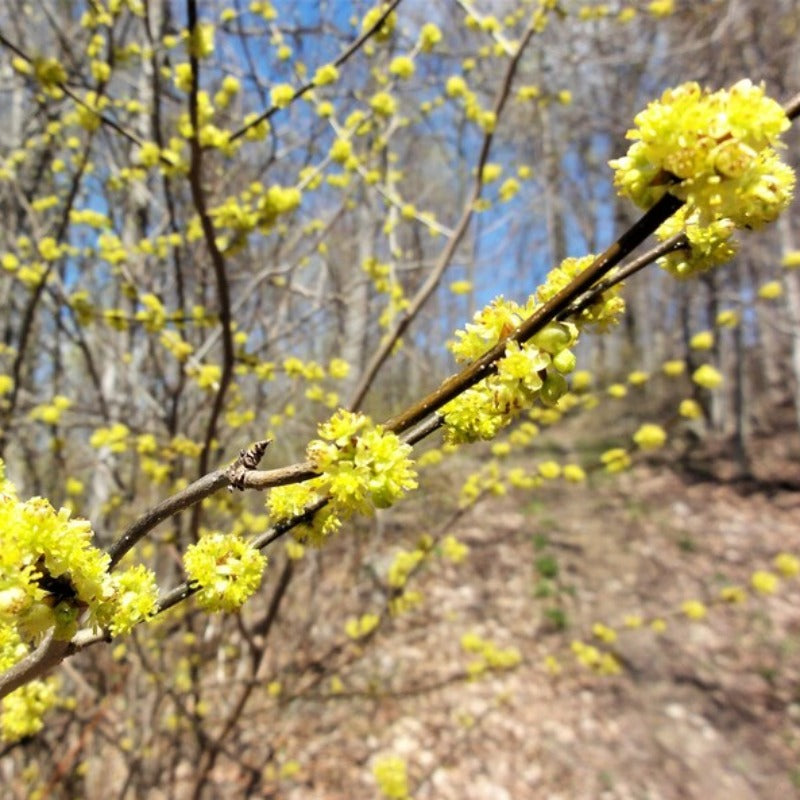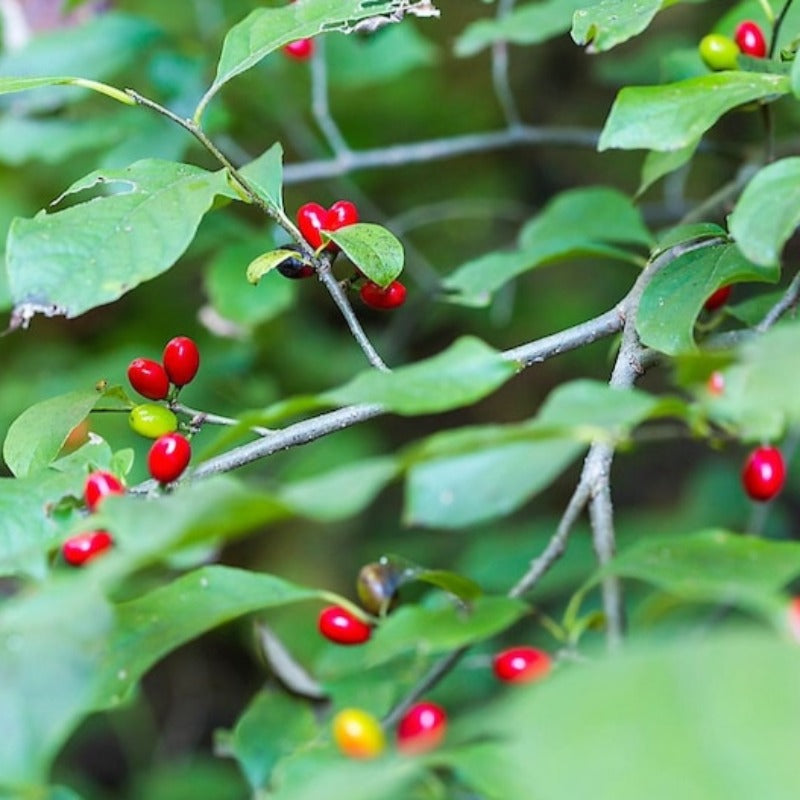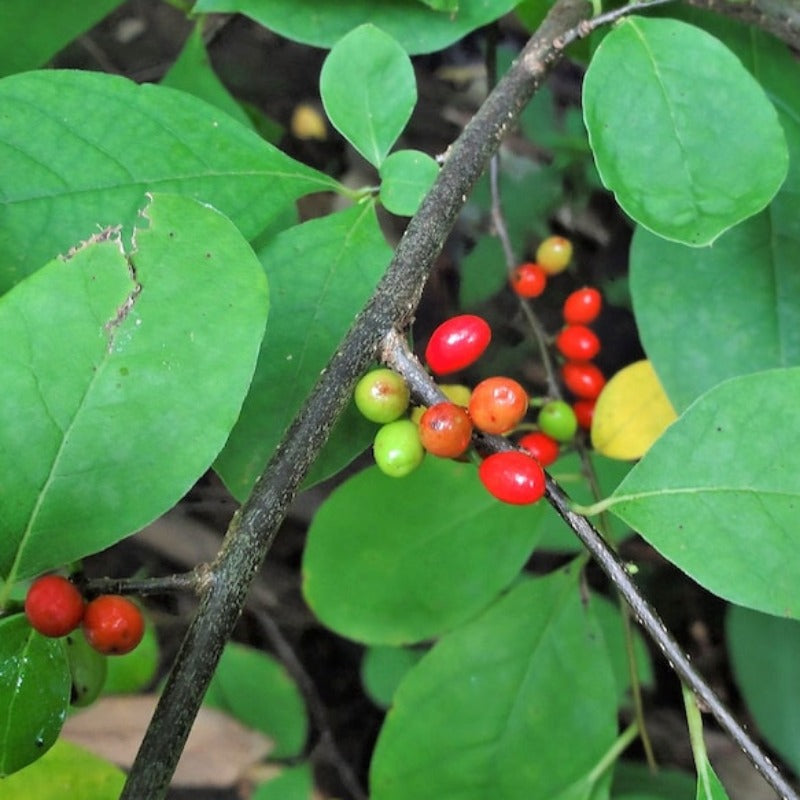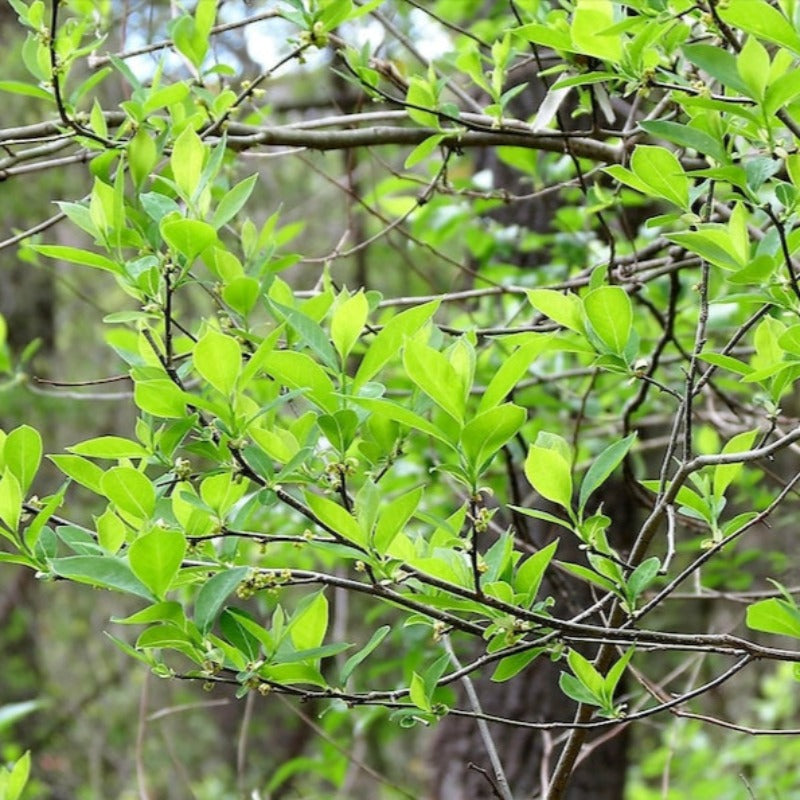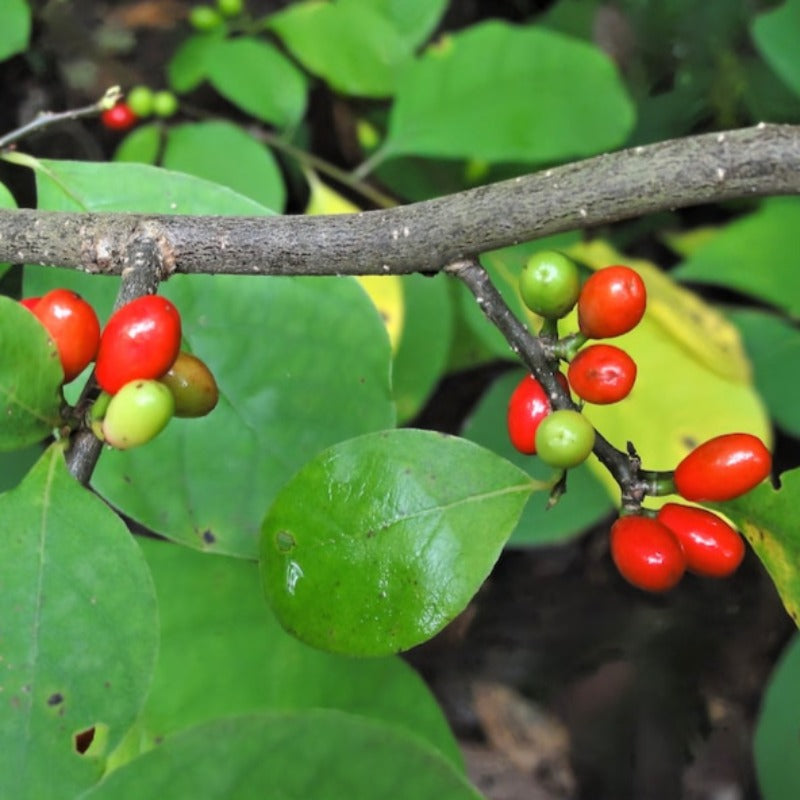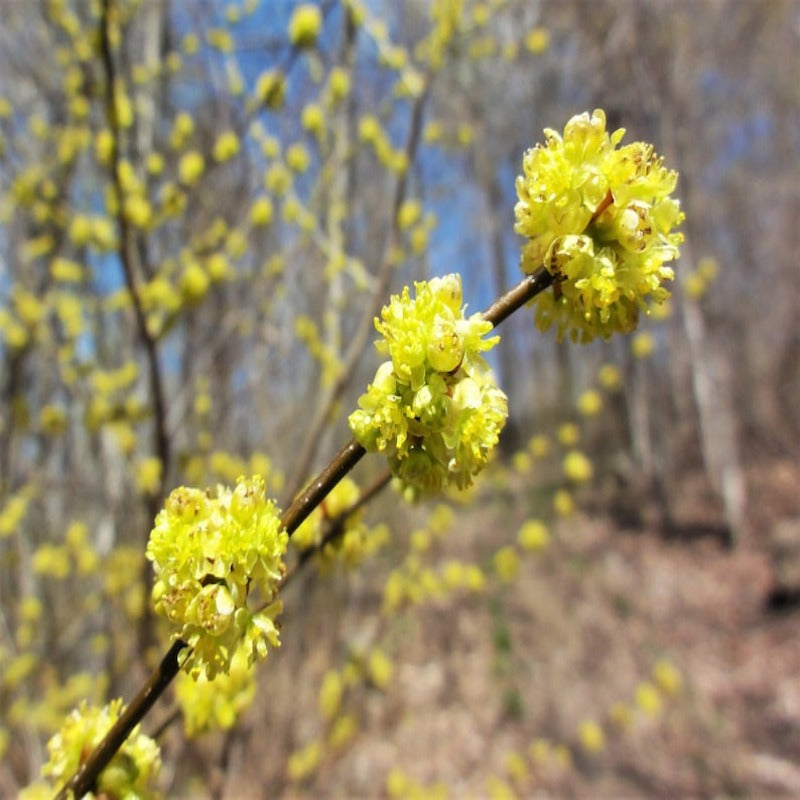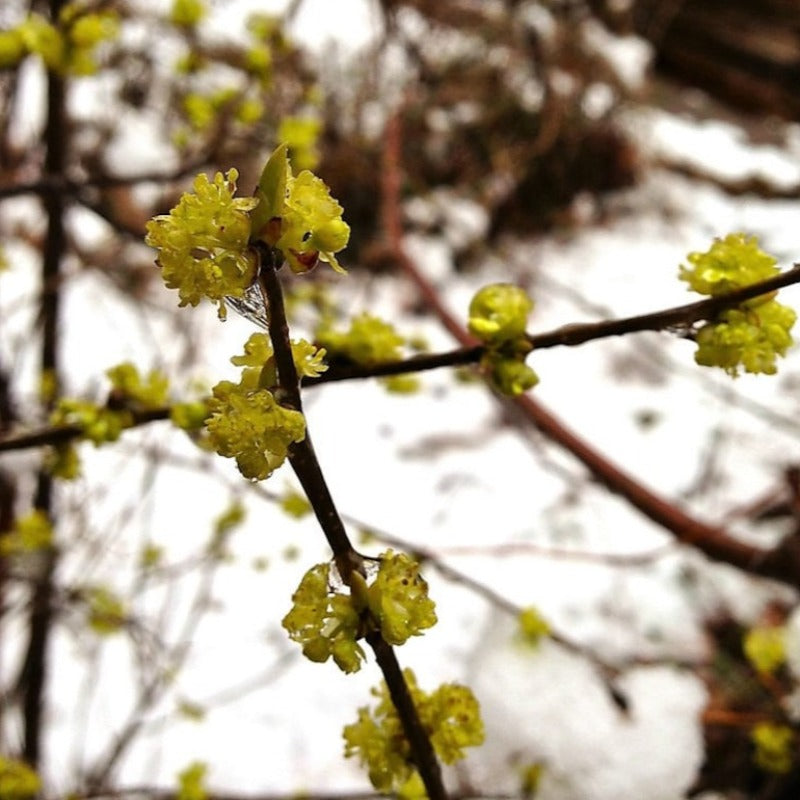- Historical context: Northern Spicebush (Lindera benzoin) is a deciduous shrub native to North America. It has been used by Native American tribes for various purposes, including medicinal and culinary uses.
- Geographical origination: This plant is primarily found in the eastern United States, ranging from Maine to Florida and west to Texas and Kansas.
- Relevant cultural significance: The Northern Spicebush has been significant in Native American culture, particularly for its medicinal properties and as a spice in cooking.
- Time period of discovery: The plant has been known and utilized for centuries by indigenous peoples, but it was formally described by European botanists in the 18th century.
- Original habitat: Northern Spicebush typically grows in moist, rich woods, along streams, and in swampy areas.
- Notable historical uses: Historically, the leaves, bark, and berries were used to make teas and as a seasoning. The berries were also used as a substitute for allspice.
- Ideal temperature range: 50-85°F (10-29°C)
- Soil type: Moist, well-drained soil with a preference for slightly acidic to neutral pH levels.
- Sunlight requirements: Partial to full shade. It can tolerate full sun but prefers dappled sunlight.
- Watering needs: Moderate watering. Keep the soil consistently moist but not waterlogged.
- Planting season: Spring or fall is the best time to plant Northern Spicebush seeds.
- Germination time: 1-3 months. Seeds require a period of cold stratification to germinate successfully.
- Growth cycle duration: Perennial. The plant will grow and produce seeds year after year.
- Common pests and diseases: Spicebush Swallowtail caterpillars are common pests. The plant is generally resistant to most diseases.
- Companion planting advice: Plant near ferns, wildflowers, and other native shrubs to create a natural woodland garden.
- Common challenges and solutions: Ensuring adequate moisture and protecting young plants from deer browsing can be challenging. Use mulch to retain soil moisture and consider fencing to protect from deer.
- Nutritional values: The berries are rich in antioxidants and contain essential oils.
- Health benefits: Traditionally used to treat colds, coughs, and digestive issues. The leaves and bark have been used in teas for their medicinal properties.
- Culinary uses: The berries can be dried and used as a spice, similar to allspice. The leaves can be used to make a flavorful tea.
- Medicinal uses: Used in traditional medicine to treat fevers, colds, and respiratory issues. The bark and leaves have been used for their anti-inflammatory and antimicrobial properties.
- Other unique advantages: The plant is a host for the Spicebush Swallowtail butterfly, making it an excellent choice for butterfly gardens. It also provides habitat and food for various wildlife.
